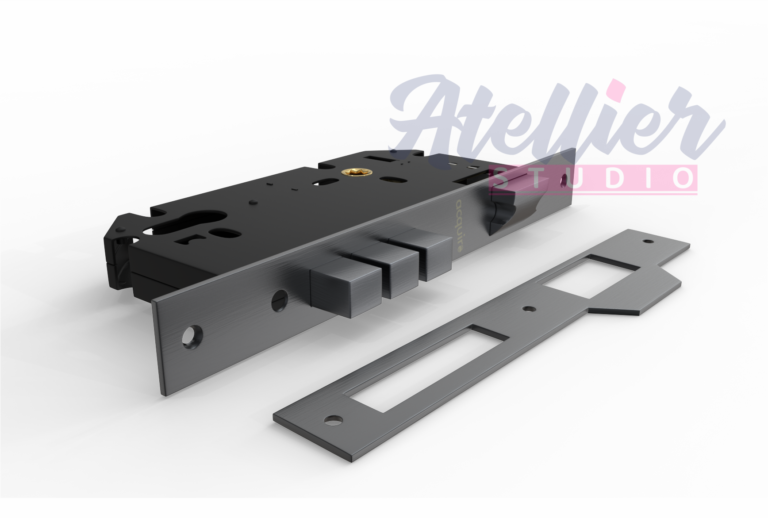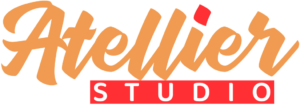
3D Product Animation Services elevate video marketing by presenting a captivating form of promotional content. This innovative technique involves the creation of three-dimensional, highly lifelike animations to effectively showcase and market a product. Unlike traditional two-dimensional images or videos, product animations excel in conveying intricate product features, providing a more comprehensive understanding. Moreover, these animations forge a compelling emotional connection with potential customers, as they bring the product to life, making it both relatable and captivating.
Why Is 3D Product Animation Important?
The significance of 3D product animation as a marketing tool cannot be overstated for several compelling reasons. Firstly, these animations have a higher probability of going viral on social media compared to conventional product videos, thus extending your message’s reach to a broader audience.
Secondly, when it comes to elucidating product features, 3D product animations prove to be far more effective than traditional videos. This proficiency aids in educating customers about your product, leading to increased conversions and better customer understanding.
Lastly, the immersive nature of product animations fosters an emotional connection with potential customers, making the product feel more relatable and lifelike. This emotional bond serves as a catalyst for customers to delve deeper into the product’s details, eventually driving them towards making a purchase decision.
In addition, 3D product animations can be easily shared across various digital platforms, reaching a wider audience and increasing brand visibility. This wider reach allows for more opportunities to engage with potential customers and ultimately drive sales. Additionally, the interactive elements of 3D animations allow customers to explore different features and functionalities in a more engaging way, enhancing their overall experience and increasing their confidence in the product.
How do I create stunning 3D Product animation?
To create stunning 3D product animations, it is important to start by thoroughly understanding the product and its unique selling points. This will help in determining the key features that should be highlighted in the animation. Additionally, investing in high-quality software and skilled animators can greatly contribute to achieving realistic and visually appealing animations.
Creating a Storyboard:
A storyboard is a visual representation or a series of illustrated panels that outline the sequence of a story or the key elements of a project. It is commonly used in various creative fields, including film, animation, advertising, video games, and product design, to plan and visualize the structure and flow of the final product.
In the context of product animation, a storyboard serves as a crucial pre-production tool. It provides a frame-by-frame breakdown of the animation’s scenes, depicting the action, camera angles, characters, and other essential elements. Each panel in the storyboard represents a key moment or a shot in the animation, accompanied by brief descriptions or notes to guide the animators, designers, and other team members involved in the production.
The primary purpose of a storyboard is to help the creative team and clients understand the intended visual narrative before investing time and resources into the actual animation process. It allows for experimentation, refinement of ideas, and easy visualization of the overall concept. Additionally, storyboards play a vital role in obtaining client approval and ensuring that the final product aligns with the project’s objectives and requirements.
By providing a clear and coherent roadmap, storyboards facilitate a smoother animation process, enhance creativity, and ultimately contribute to the successful and effective execution of the product animation.
Get a Call Back.
3D Product Modeling – 3D product modeling is the process of creating a digital, three-dimensional representation of a product using specialized computer software. This technique allows designers, engineers, and artists to develop accurate and detailed virtual models of physical objects. These models can be manipulated, visualized, and even animated to showcase the product’s design, features, and functionality in a virtual environment. This process is crucial for product development as it helps identify any design flaws or potential issues before actual production begins. Additionally, 3D product modeling enables businesses to create realistic and immersive animations of products that can be used for marketing and promotional purposes.
Rigging: Rigging is the process of adding a digital skeleton (bones) to the 3D models, allowing them to be manipulated and animated realistically. This step enables characters to be posed and animated with fluid movements.
For realistic 3D product animations, the product has to be rigged too. Rigging the product allows for realistic movements and interactions within the animation, such as bending, twisting, and rotating. This enhances the overall visual appeal and helps to showcase the product’s functionality in a dynamic and engaging way.
Texturing – 3D texturing is the process of adding surface details, colors, and materials to a three-dimensional model to create a realistic and visually appealing representation. It is an essential step in the 3D modeling pipeline, as it enhances the visual quality and realism of the object by simulating the appearance of various materials and textures found in the real world. The texturing process involves elements like UV unwrapping, Texture unwrapping, Texture creation, etc.
These elements help to map the 2D textures onto the 3D model, ensuring that they are applied accurately and seamlessly. UV unwrapping involves flattening the 3D model’s surface into a 2D space, allowing for easier texture application. Texture creation involves designing or sourcing textures that match the desired look and feel of the object, whether it be wood, metal, fabric, or any other material. For realistic 3D Product animation, the product texture has to be precise.
3D Animation – 3D animation is a technique used to create moving images or animations in a three-dimensional virtual environment. It involves the manipulation of 3D models, characters, and objects to simulate movement and actions, bringing them to life in a way that closely resembles real-world dynamics. This animation style is widely used in various industries, including film, television, video games, advertising, education, and product visualization. Animators use keyframes or motion-capture data to animate the 3D models. Keyframes are specific points in time that define the position, rotation, and scale of the model, while motion capture involves recording real-world movements and applying them to the digital characters.
Once animations are created as per the storyboard, we can go further with the lighting step.
Lighting and Rendering – Lighting and rendering are crucial steps in the animation process as they bring the 3D models to life. Lighting involves setting up virtual lights to create realistic shadows, highlights, and overall ambiance in the scene. Rendering then takes these lighting settings and calculates the final image or sequence of images, adding textures, colors, and other visual effects. These steps help enhance the overall visual quality and realism of the animation.
3D Product animation services are an amazing tool for businesses. today’s business. They allow businesses to showcase their products in a dynamic and engaging way, capturing the attention of potential customers. These animations can be used in marketing materials, presentations, and on websites to effectively communicate the features and benefits of a product. Additionally, 3D product animations can be easily customized to cater to different target audiences and can be updated as needed to reflect any changes or updates to the product.
Related Post:
Get a Call Back.
Vikkrant Shinde is a seasoned professional with expertise in 3D animation. A graduate in B.Sc Animation and postgraduate in Operational Management, he seamlessly blends creative flair with technical prowess. With a rich background in 3D product animation and rendering, Vikkrant brings ideas to life through the magic of animation. His journey is marked by a commitment to excellence, transforming concepts into captivating visual experiences. As a visionary in the field, Vikkrant continues to push the boundaries of creativity, leaving an indelible mark in the dynamic world of animation.
